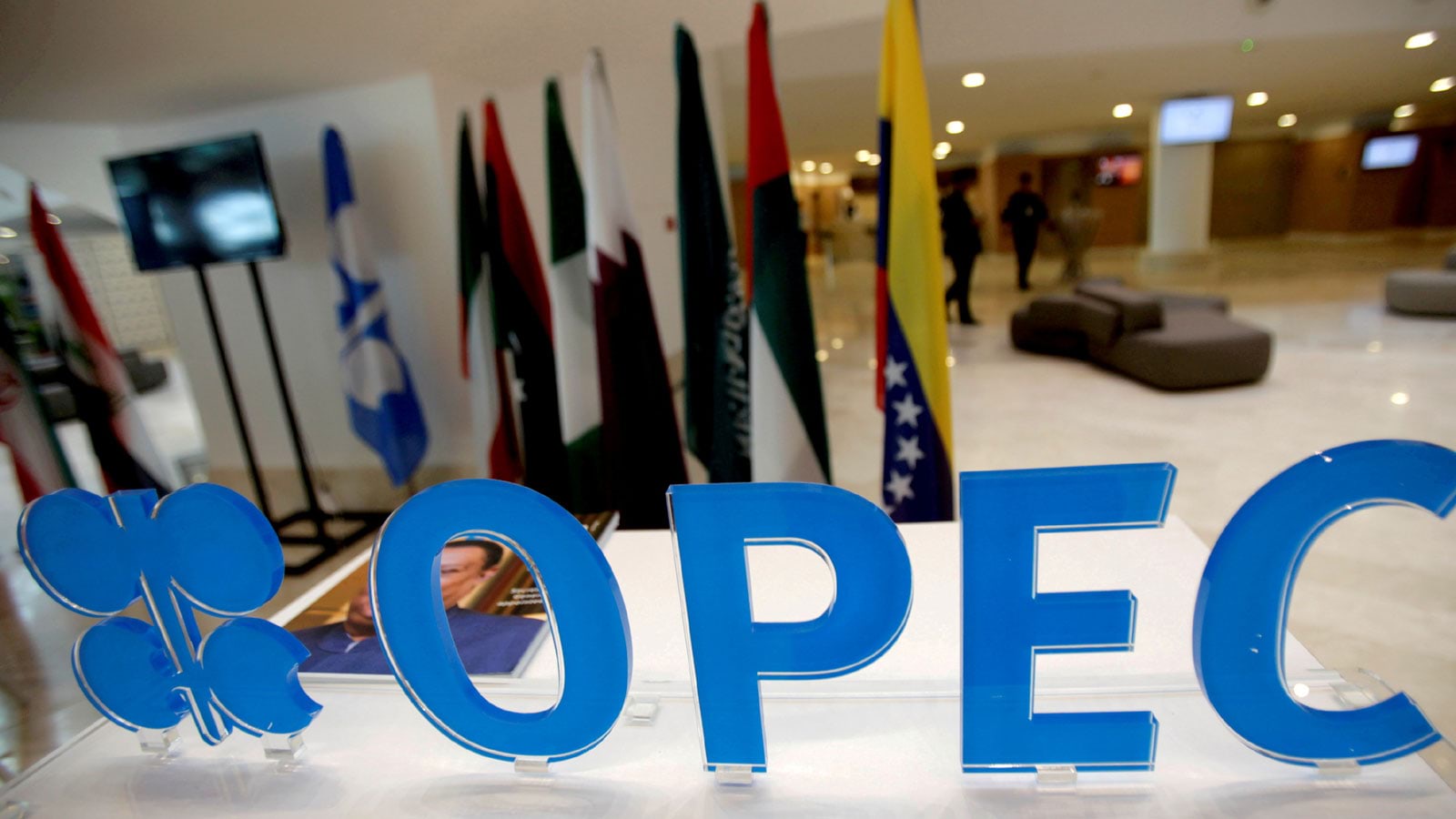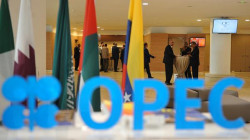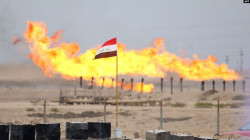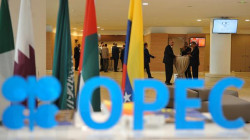OPEC+ lifts crude output by 500,000 b/d in November amid omicron uncertainty

Shafaq News/ OPEC and its allies boosted crude oil production by 500,000 b/d in November, with 80% of the increase attributed to five members – Saudi Arabia, Russia, Iraq, Kazakhstan and Nigeria -- according to the latest S&P Global Platts survey.
OPEC's 13 countries pumped 27.85 million b/d, up 300,000 b/d from October, while Russia and eight other partners produced 13.86 million b/d, up 200,000 b/d, the survey found.
The collective OPEC+ output of 41.71 million b/d was the group's highest in 19 months, but still 4.15 million b/d below what it pumped in April 2020, when Saudi Arabia and Russia launched an oil price war.
This comes as some of the coalition's members like Angola, Malaysia, Nigeria and Equatorial Guinea still struggle to pump as many barrels as they had promised due to natural declines and disruptions.
The 19 members with production quotas under the OPEC+ accord were a combined 520,000 b/d below their allocations for the month, bringing compliance to 112.31% from 113.21% in October, the survey found.
Saudi Arabia was once again the biggest mover in the month, adding 100,000 b/d to an oil market still sensitive to demand uncertainties.
The kingdom pumped 9.89 million b/d in November, slightly below its OPEC+ quota of 9.91 million b/d. Survey panelists said exports were largely stable but the world's largest crude exporter has started to build its crude oil inventories.
Despite fears about the impact of the omicron variant on global oil demand, Saudi Aramco increased all of its January official selling prices for Asia- and US-bound cargoes.
This was seen as a bullish move by some in the oil market, and reinforced the OPEC+ alliance's decision to raise production quotas by 400,000 b/d in January despite many analysts warning that the market could flip from a deficit to surplus in 2022.
As OPEC and its allies are unwinding their pandemic-induced cuts, the coalition's spare capacity is coming under question, with many of its members suffering from operational issues and technical problems due to mature fields.
Russia, which was allowed a monthly increase of 104,000 b/d in November, only pumped 40,000 b/d more than what it had produced in October.
The country's spare production capacity has shrunk significantly over the last year, since many of its oil companies, such as Rosneft and Gazprom Neft, have already brought most of their idled production back on stream.
Russian crude production averaged 10 million b/d last month, though this was still above its quota of 9.91 million b/d, according to the survey.
S&P Global Platts Analytics estimates Russia's sustainable crude production capacity to be around 10.5 million b/d, excluding condensate, which is exempt from OPEC+ quotas. This is 70,000 b/d below April 2020 levels and 240,000 b/d below the December 2018 all-time high.
However, key OPEC members such as Iraq, the UAE and Kuwait, all of which still have ample spare production capacity, posted steady increases last month.
The UAE and Kuwait produced 2.85 million b/d and 2.53 million b/d, respectively, a monthly rise of 20,000 b/d, in line with their November allocations.
Meanwhile, Iraq boosted production by 80,000 b/d, averaging 4.25 million b/d in November, just above its quota of 4.19 million b/d, according to the survey.
Federal Iraqi crude oil exports rose sharply amid strong demand from its key customers along with maintenance at a handful of its refineries.
Africa's largest oil producer Nigeria produced 1.44 million b/d in November, a rise of 70,000 b/d from the previous month, as output from Bonny Light and Erha fields rebounded.
This was, however, still 210,000 b/d below its November quota as its output continued to be under pressure from technical and operational issues.
Meanwhile, Kazakhstan, which completed heavy maintenance at its key Kashagan and Tengiz fields, pumped 1.61 million b/d in November.
The oil markets have undergone a transformation in the past few weeks brought upon by the new omicron variant of COVID-19 and a US-led attempt to lower prices by releasing government oil stocks.
Dated Brent, which is used to price more than half of the world's crude, has seen its price tumble by more than $10/b in the past two weeks. Dated was assessed by Platts at $75.81/b on Dec. 7.
The alliance, which controls roughly half of world oil supply, decided to proceed with the 400,000 b/d quota hike for January at its Dec. 2 meeting.
But it said that the meeting is still "in session" and that it stands ready to make immediate adjustments as the market impact from omicron becomes clearer.
But there is limited time for core Gulf OPEC+ members to change their January loading programs, if clawing back some or all of the increase is required. OPEC+ ministers are next scheduled to meet Jan. 4 to decide on February volumes.
OPEC+ is increasing supply into a seasonally weak Q1, but several bullish uncertainties persist, according Platts Analytics.
"The US could also delay 18 million of its planned 50 million barrels of SPR sales until Q4 2022, while capacity constraints are now becoming apparent in Russia," Paul Sheldon, chief geopolitical adviser for Platts Analytics said in a recent note. "Meanwhile, setbacks to Iranian nuclear talks could easily remove 1.4 million b/d of assumed supply growth in April-December 2022."
The Platts figures, which measure wellhead production, are compiled by surveying oil industry officials, traders and analysts, as well as reviewing proprietary shipping, satellite and inventory data.
Source: S&P Global





